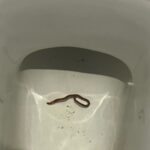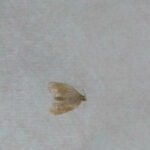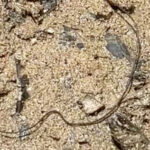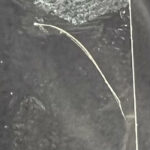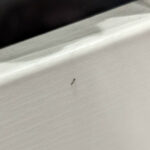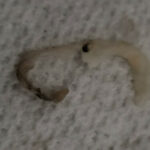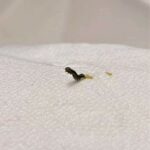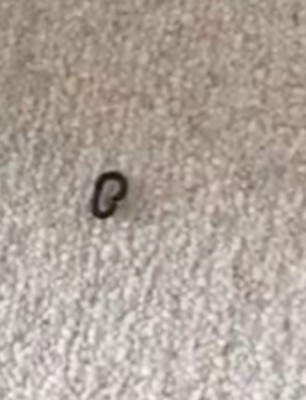Worms do not have teeth, but they do have mouths. You won’t be able to find the worms mouth, no matter how hard you look. What’s interesting is, although the worms mouth is undetectable, it is powerful enough to carry a leaf up to 10 times its size by grabbing it with its mouth. The worm also has a pharynx, esophagus, crop, gizzard and intestine.
When the worm eats its food, it pulls the materials into its toothless mouth with the help of the pharynx and its prostomium or “acron”. This creates a suction motion. This suction motion aids in helping the worm consume large amounts of food in a short amount of time. The gizzard grinds the food. Worms eat so much that they typically produce excrement equal to their own weight every 24 hours.
The excrement is produced through the consumption of organic materials eaten by the worm. Worms eat leaves and dead grass, which contain organisms that provide a healthy diet of bacteria, algae, and fungi. Worms feast on dirt as well, especially if they live deeper inside the earth. Worms also eat plants, fruits, and antioxidant rich vegetables.
Facts About Worms
Earthworms can be found at just about every corner of the earth. They live in trees, bark, and under rocks, and along rivers, near springs, and near ponds. Their favorite place to live, however, is in the earth’s rich soil. During the winter months they burrow deep within the earth until the surface warms again during the spring. During the warm summer months worms stay closer to the tops of soil where they create tunnels to wiggle in and out of. These tunnels are extremely important for plant life as they create a path for water and air, which is essential for the survival of plant life.
Worms of all kinds can be found all over the world, especially earthworms, which have 2,700 species. Places like China, Australia, Greenland, and the Sahara Desert have their own indigenous species of worms. Besides the Sahara Desert, it is unlikely that you will find large numbers of worms living in “sandy” areas, especially sandy beaches. You see — the vast majority of worms can only survive under certain conditions.
For starters, worms have no lungs. This means, they breathe through their skin, so the worm’s environment and the worm’s skin must be moist at all times. This allows the worm to breathe in oxygen. While the sand may be moist and wet closer the water, the majority of the sand is dry. If the worm’s skin dries out, the worm will die from suffocation. In addition, too much moisture can also be detrimental to worms. If too much water is present, it takes the place of oxygen, which will cause the worms to flee to the surface. Once on the surface, worms will be exposed to sunlight. If worms remain in the sunlight for too long, they can become paralyzed.
If a worm loses its’ anterior or the posterior end, it’s usually at the hands of a predator. Other reasons the worm might lose an end include an unfortunate accident or a curious human that believes the worm will regenerate if they snap it in half. All major nervous, circulatory, and digestive organs are located near the head. The posterior segments, which are nearly identical to each other, contain peripheral structures for all of these systems. This means that if you cut the worm in half, it will die. However, if you cut the worm near the posterior portion (a third or less away from the very end) the worm can regrow that portion of its body. The posterior portion will not grow a new head.
All About Worms is always free, always reader-supported. Your tips via CashApp, Venmo, or Paypal are appreciated! Receipts will come from ISIPP Publishing.



